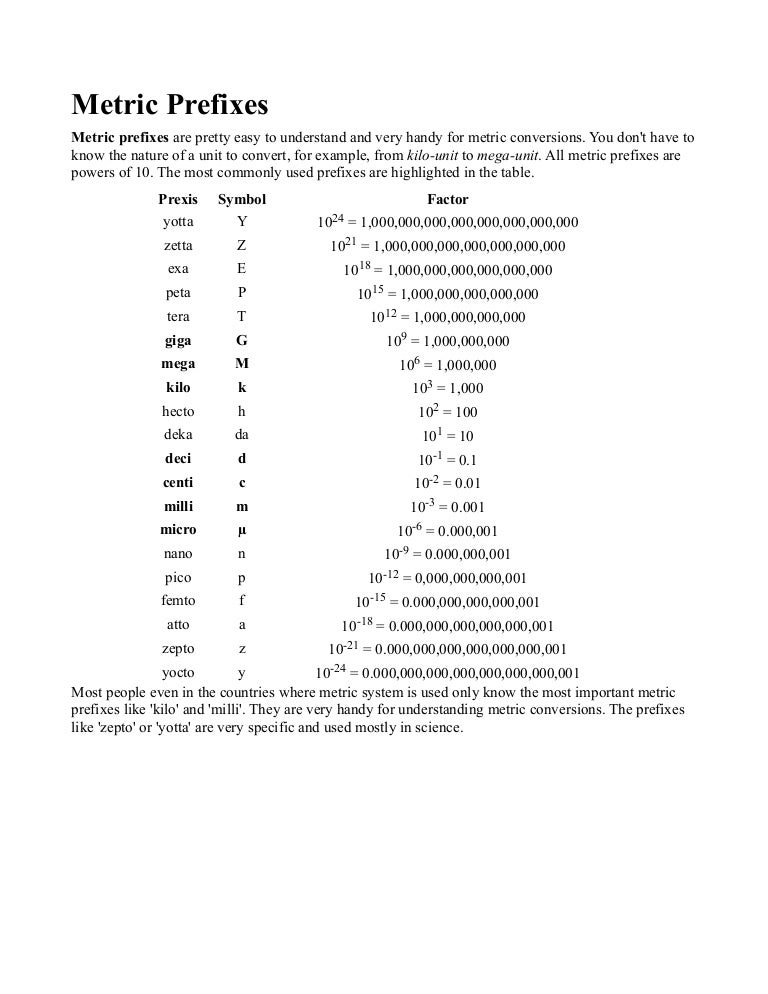
There are two standards for measuring the number of bytes in a gigabyte: base-10 and base-2. A megabyte is 1 million bytes of data storage capacity, according to the IBM Dictionary of Computing.Ī gigabyte ( GB) is equivalent to about 1 billion bytes. When the prefixes are added to the term byte, it creates units of measurement ranging from 1,000 bytes (kilobyte) to 1 sextillion bytes ( zettabyte) of data storage capacity. Z etta (1 sextillion) was added to the SI metric prefixes in 1991. However, the origin and history of peta with data measurement terms is unclear. The prefixes exa (1 quintillion) and peta (1 quadrillion) were added to the International System of Units (SI) in 1975. Tera (1 trillion) comes from the Greek word teras or teratos, meaning "marvel, monster," and has been in use since approximately 1947. Giga comes from the Greek word for giant, and the first use of the term is believed to have taken place at the 1947 conference of the International Union of Pure and Applied Chemistry.

Though mega is used these days to mean "extremely good, great or successful," its scientific meaning is 1 million. The prefix kilo (1,000) first came into existence between 18. History and origin of kilo, mega and more The lowercase k is the technically correct symbol for kilo when it represents 10 3, although the uppercase K is often used. For example, 1 kilobit per second (kbps) is equal to 10 3, or 1,000 bits per second ( bps) 1 megabit per second ( Mbps) is equal to 10 6, or 1,000,000 bps. Power-of-10 multipliers are also used to define binary data speeds. In IT and data storage, multipliers are defined in powers of two, from 2 10 to 2 80, proceeding in increments of 10 orders of magnitude - 2 10 or 1,024.Įxamples of quantities or phenomena in which power-of-10 prefix multipliers apply include frequency - including computer clock speeds - physical mass, power, energy, electrical voltage and electrical current. In communications, electronics and physics, multipliers are defined in powers of 10, from 10 -24 to 10 24, proceeding in increments of three orders of magnitude - 10 3 or 1,000. Each multiplier consists of a one-letter abbreviation and the prefix it stands for. Sometimes called prefix multipliers, these prefixes are also used in electronics and physics. Power-of-ten prefixes: The prefixes of the metric system, such as kilo and milli, represent multiplication by powers of ten.Kilo, mega, giga, tera, peta, exa, zetta are among the list of binary prefixes used to denote the quantity of something, such as a byte or bit in computing and telecommunications. The base units of the SI system are the meter, kilogram, second, ampere, kelvin, mole, and candela. Système International d’Unités (SI), International System of Units, Metric System: The decimal measuring system based on the meter, liter, and gram as units of length, capacity, and weight or mass.īase units : A fundamental unit that is defined arbitrarily and not by combinations of other units.

The SI is also referred to as the mks system ( m for meters, k for kilograms, and s for seconds).Scientists (and the MCAT) use the International System of Units (SI) to express the measurements of physical quantities.However, you will need to be able to convert with the metric system using the powers-of-ten prefixes.

On the MCAT, it won’t be necessary to convert between the American system of units and the metric system. Some of the most common power-of-ten prefixes are: Multiples of the base units that are powers of ten are often abbreviated and precede the symbol for the units. The base units of the SI are listed below:Įach dimension is an abbreviation for the quantity that is being measured- it does not depend on the particular unit being used.Īny physical quantity can be written in terms of the SI base units.

Scientists (and the MCAT) use the Système International d’Unités (SI), also referred to as the International System of Units or the metric system, to express the measurements of physical quantities. Scientists (and the MCAT) use the International System of Units (SI) to express the measurements of physical quantities.


 0 kommentar(er)
0 kommentar(er)
